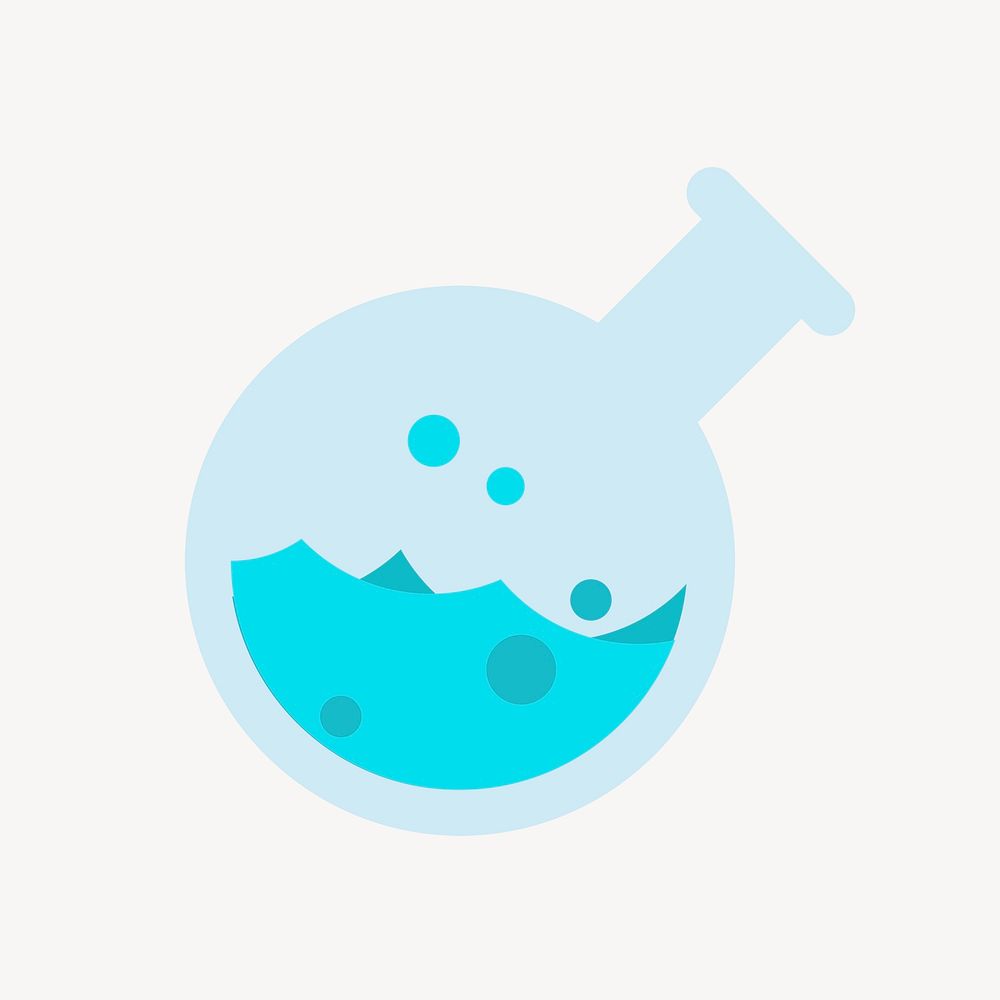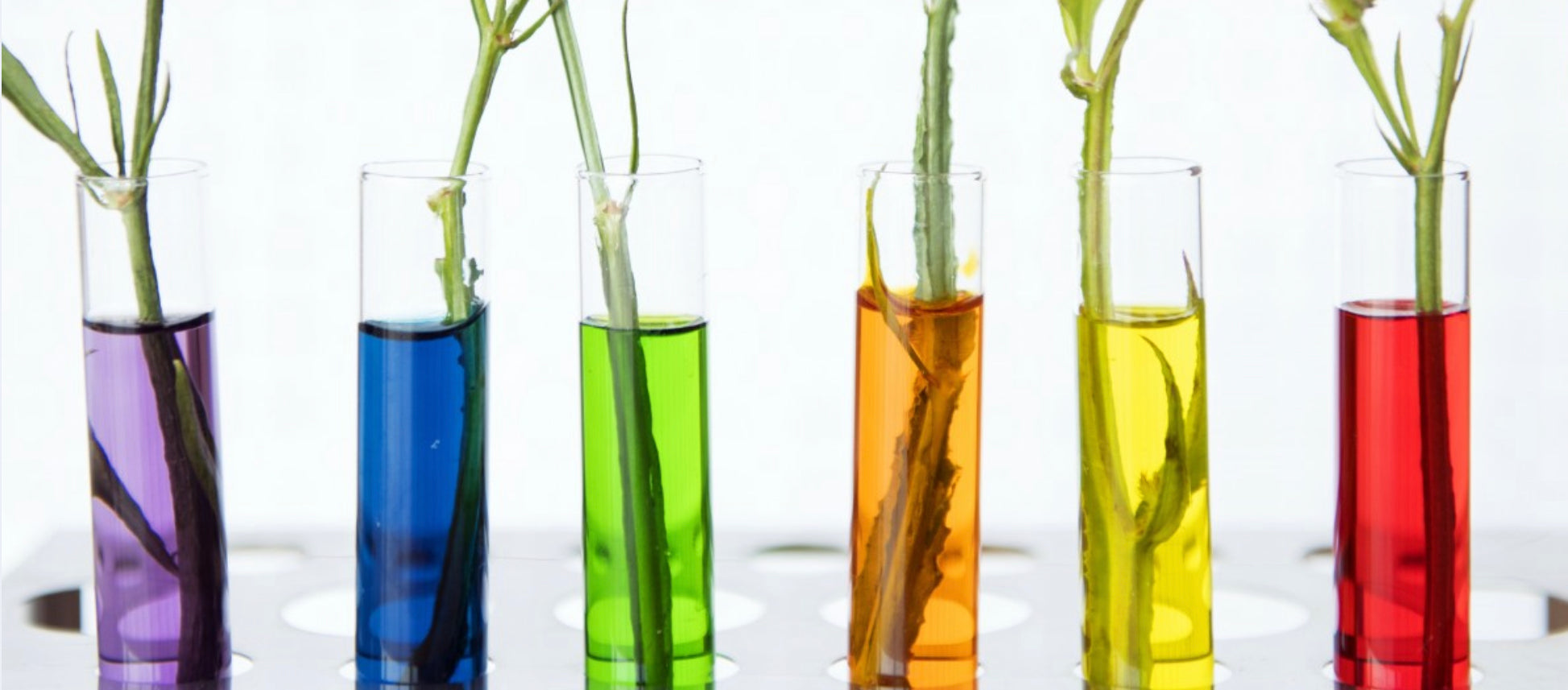Ebb & Flow for Beginners - Part 1
Understanding Ebb & Flow Part 1 - Basic Hardware
There are countless ways to set up a hydroponic system. Although you can design anything from the most basic floating raft to the most complicated aeroponics set up, I personally love the user-friendly ebb and flow hydroponic system, also called fill and drain.
The type of ebb and flow hydroponic system I will describe in this example consists of a plastic tray, a stand, a reservoir, a pump, some rubber tubing, two fittings (one for filling the tray and one for draining), hydroponic clay balls called hydroton, and pots or baskets. The premise of the system is the plants are sitting in pots (filled with hydroponic clay balls) in the tray. Nutrient solution is pumped to the tray at regular intervals, filling it up about an inch or so. Then the pump turns off and the solution drains back into the reservoir. It’s an easy system to set up. Let’s go through the components one by one.
The Plastic Tray and Stand: The tray can be whatever size suits your space. It’s important that the bottom of the tray has some raised and some lower areas; normally there will be some kind of a grid pattern on the bottom. This allows for the roots to spread out in the channels. The tray must be very sturdy - it will be filled with heavy plants, and when it fills with water it will be even heavier. It also must be level - you don’t want half of the tray to fill up while the other half is still empty. The tray needs to be on a stand. When choosing or designing a stand, you should put it at the height that makes it easy to harvest later. I once had some systems that were too high and I had to stand on a ladder to harvest them. I hated going up and down that ladder. Think before you build.
The Reservoir: The ebb and flow reservoir is a watertight (usually plastic) container. You can buy really nice ones, or just use something like a Rubbermaid container or even a bucket. It must have a lid. If you expose a bucket of water and nutrients to sunlight, it will grow algae and you will be watering your plants with green slime. It’s also helpful if your lid has a porthole where you can add water and nutrient (the porthole comes standard on most reservoirs) The hole needs to be covered with a porthole lid so no light gets in. Since your hydroponic tray is on a stand, you can slide the reservoir underneath it. Just be sure you can easily get to it to add water and to clean it out. If you are looking for a good hydroponic setup for beginners, it is nice to purchase a sturdy reservoir made specifically for hydroponic use.

Pump, Fittings and Tubing: The ebb and flow hydroponic system has an inlet fitting for the water to come in and an outlet fitting for the water to drain out. Plants do not like to sit in standing water, so the drain is just as important as the fill. A pump sits submerged in the reservoir and it is connected to the fill fitting with flexible rubber tubing. Remember, do not use clear tubing or you will get algae. Most trays do not come pre-drilled with holes for the fittings. That’s a good thing because then you can drill your holes in whichever side is the most convenient for you. Attach a piece of tubing to the drain fitting and run it back into the reservoir.
Now that you have the basics of your ebb and flow hydroponic system, it’s time to choose what kind of plants you will put in there, what size baskets you will need, and how often you will water. This information is in part 2.
For more great content check out the Proponics YouTube channel below!





